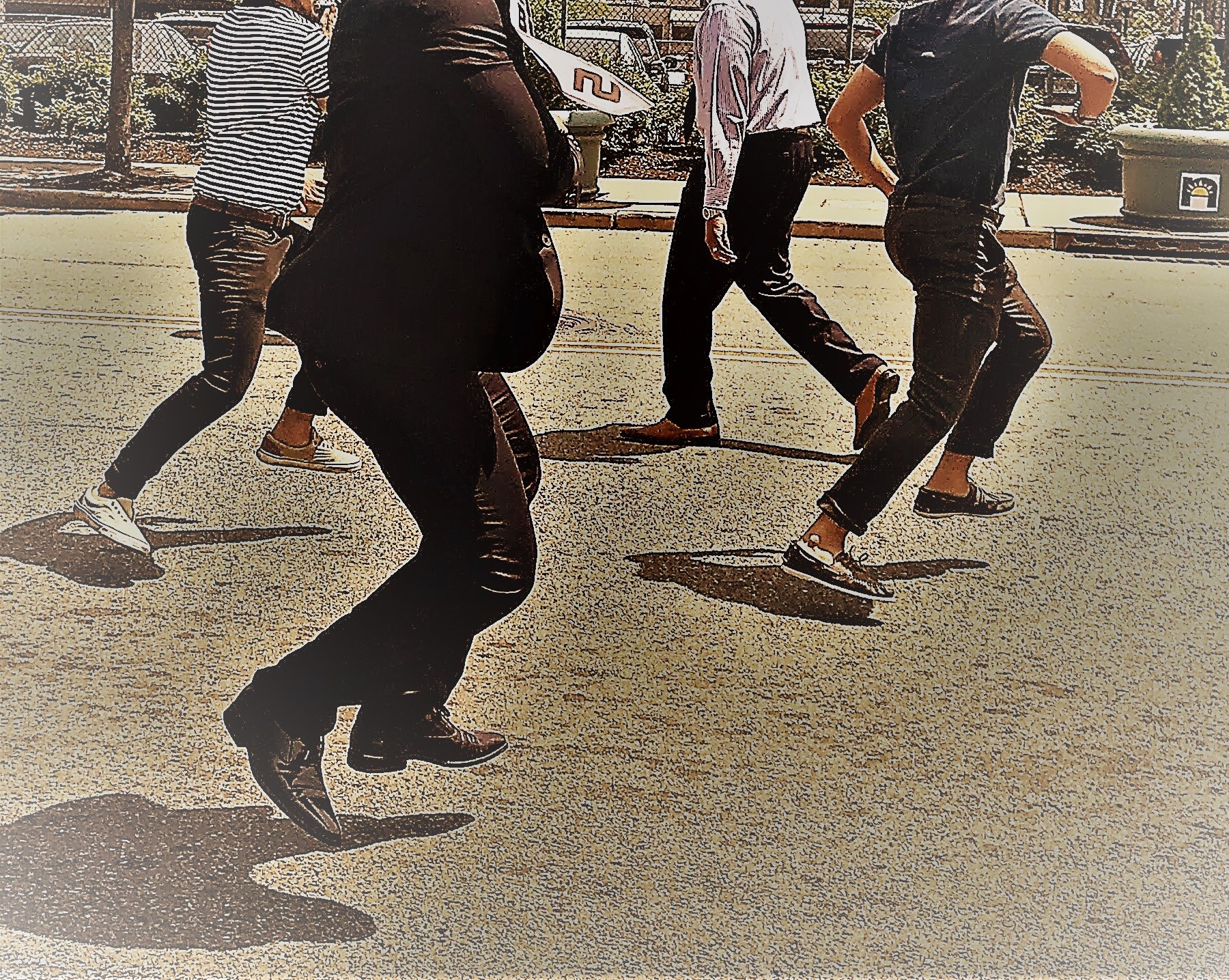Each of us has a different personality and with it, a different perception of the world around us.
For about two months, every morning, Julia passed by the new supervisor, his name is Jose, and she would say good morning each time. Julia learned to be polite since she was a child. It was her customary culture. However, sometimes, Jose would respond to Julia’s good mornings with a smile and sometimes, he would ignore them altogether. Julia was a little troubled because she did not understand Jose mood-changes. At some point, Julia started to believe it was personal.
When Julia was informed that Jose would be her new supervisor, she was very stressed out, almost to the point of misery. Julia could only imagine the chaos of working with someone with such mood changes. Distress in the workplace imbalances everything else.
It was during her first meeting with Jose that Julia learned he was deaf. It was then that she realized that, when Jose smiled, it was because he was able to see facial expression and body language. But when Jose ignored her, it was because he did not know that she was talking to him, because he could not hear her.
I found that story interesting because in the workplace, one of the most important and relevant factors to perform successfully as a leader relies on how we perceive our environment.
Each person has a different personality, and therefore, each person perceives the world around us differently. Unfortunately, like Julia, many of us tend to make conclusions about others’ actions and performance solely on what we perceived, regardless of the underlying facts of the situation. Sometimes, we tend to forget that our perception is influenced by natural inductive bias cognitively present in our brains.
The way I recommend to tackle down perceptional bias is by re-enforcing self-awareness.
Self-awareness is an emotional intelligence competency that can help us to learn more about our cognitive biases, which, allow us to see and understand things from a different perspective, especially in the workplace.
Our perception is deeply influenced by our life experiences. In fact, previous experiences, good or bad, contour the prompted natural biased-silhouette that almost certainly come up first when we perceive something, as we see it, at any given moment. For example, while a lot of people perceive the beach as a paradise, I see the beach as a deadly enemy, because I almost drowned twice. My negative experience with the beach has shaped my natural cognitive bias against beaches. So, before I asked how deep the beach is, I had already made up my mind based on my previous experiences. It happens to all of us, and our perception and experiences have a lot to do with it.
As a leader, recognizing and understanding the basics of perception, and the influence that perception has on our decisions is essential. It involves the ability to stop and analyze the facts, beyond our perception, asking educative questions about the topic at hand, and putting aside assumptions. Self-awareness helps us to understand actions as they are, learning to separate experiences, emotions, and biases, focusing on facts. Here are some recommendations:
Develop a genuine interest for the members of your team
When you ask meaningful questions, it does not means that you are micro-managing, it means that you are interested in what is going on with your team. Take a second and smell the roses, literally. It will prevent you from smelling a dead-swamp when your team turns their backs on you.
Learn emotional intelligence, one competency at a time
Emotional intelligence is not about being emotional. It is about recognizing the emotional data in your environment, especially in the workplace, and use it positively to build stronger, more efficient, performance-perfect teams.
Master your self-awareness
It would help you to recognize the blueprints of leading in the workplace, taking a minute to reflect on what you see and what you perceive, asking the right questions to analyze the situation, identify the problem, use your team to get better, and please understand that like cars, every situation has a blind-spot. Take an extra minute to find out where it is before you set your decisions on overdrive.


